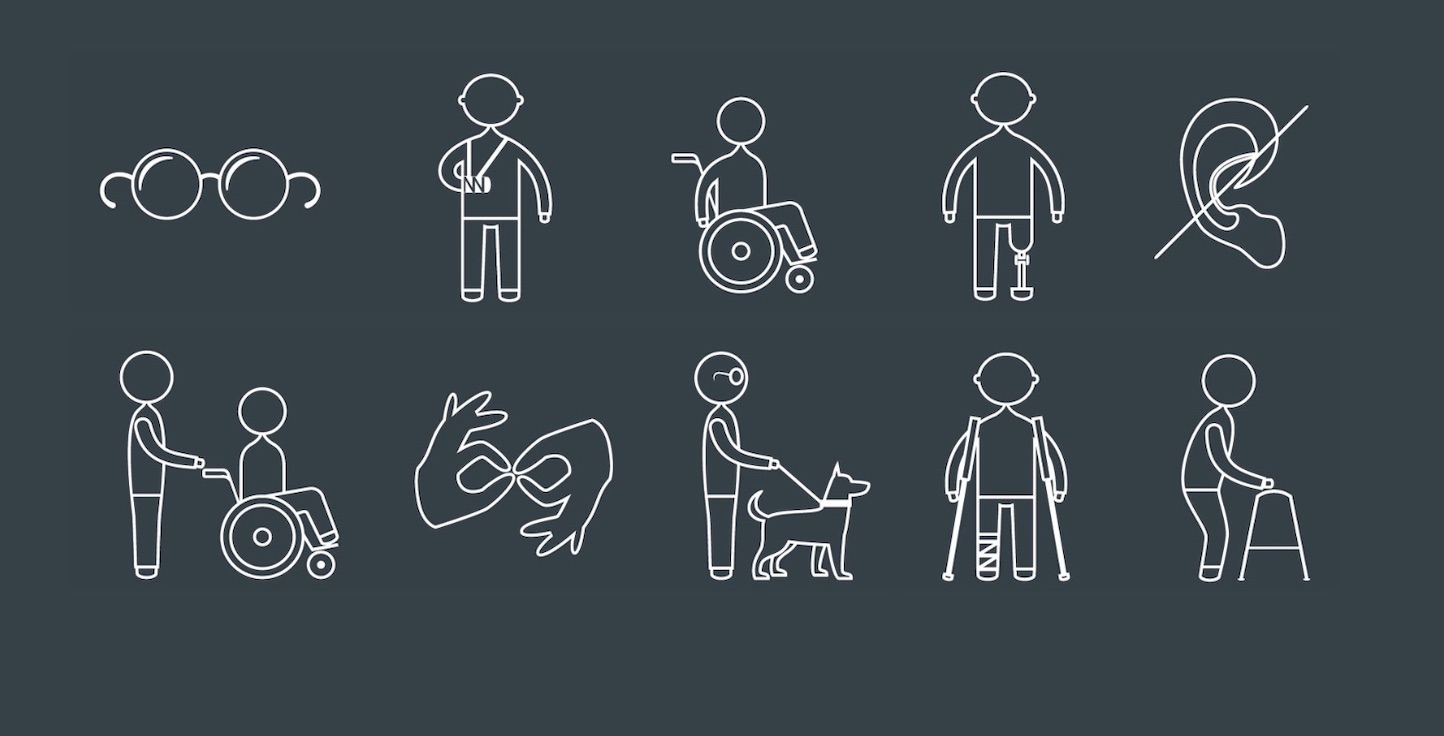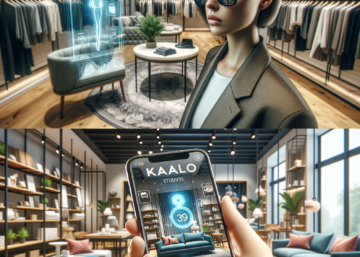Universal design (UD) embraces diversity. Each of us is unique in our abilities, influenced by age, size, physical prowess, and sensory and intellectual capability. UD aims to serve people of all cognitive and physical skills. It proactively seeks to understand how each of us, with our unique abilities, interact with our surroundings so the widest possible audience may access the product, technology or environment efficiently.
Universal design was launched in 1970 by Ronald Mace, an architect, product designer, and educator who imagined a more “usable world.” With UD, barriers must be identified and addressed during the design process so the end product is usable by the broadest possible audience. Automatic doors, pull handles on cabinets, door levers instead of knobs and ramps in public spaces make for a better experience for all users. If a potential user can find a way to use the product satisfactorily, it is good design.
Universal Design is showing up all over the world, as it aims to combine beauty with functionality for all. One such example is the Jikka House in Japan. The two women, who run the guest house and deliver meals to the elderly in their city, designed the spiral ramp bath so visitors of a variety of physical abilities can enjoy the healing waters. The minimalist, soothing blue and grey bath, which resembles the spiral of a shell, fits neatly inside its small house providing access in an aesthetically pleasing way.
But you needn’t visit a spa to experience universal design. It is being built into everyday homes so that people may “age in place” rather than move to age-restricted housing. The simple inclusion of at least one, no-step path to a no-step entry into the home and wider doorways and hallways can make all the difference. If we build houses this way to begin with, there is no need for costly, awkward retrofitting when the need arises.
Universal design extends beyond architecture into technology. Auditory maps, of the variety most of us use to navigate to an unfamiliar destination, can be extended for use by those who are visually impaired. The typical phone navigation app speaks to you, but it also assumes you can read the street signs, and they don’t work indoors. Nearby Explorer seeks to solve that problem by offering context, what developers call “electronic signage.” Places are described as the navigator approaches and passes them. Indoor Explorer does the same for indoor spaces.
Universal design endeavors to build things, from the beginning, with ease of access for all, taking into account both functionality and aesthetics. Universal Design is, according to John Spacey, “a rejection of the notion that things be designed for the ‘average’ person. Instead, things are designed for an incredibly diverse range of abilities and situations.”
Sources
Carlson, Tiffiny. (2018, Jan. 4). 5 Examples of Universal Design for Wheelchair Users From Around the World. Retrieved from https://www.spinalcord.com/blog/5-examples-of-universal-design-for-wheelchair-users-from-around-the-world.
Steinfeld and White. (2010). Beyond Accessibility To Universal Design. Retrieved from https://www.wbdg.org/design-objectives/accessible/beyond-accessibility-universal-design.
Wayne, Chris. (2018, Oct. 3). GST & Universal Design: Creating Access for the Visually Impaired. Retrieved from https://www.directionsmag.com/article/8150.
Spacey, John. (2017, April 29). 16 Examples of Universal Design. Retrieved from https://simplicable.com/new/universal-design.



